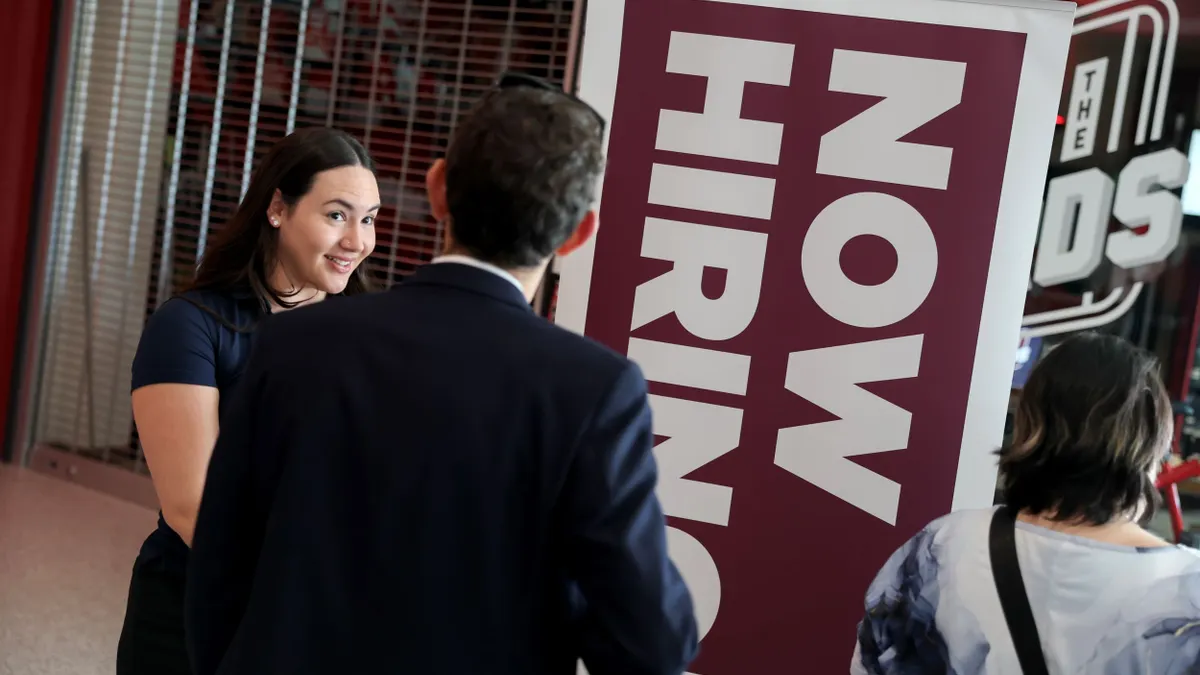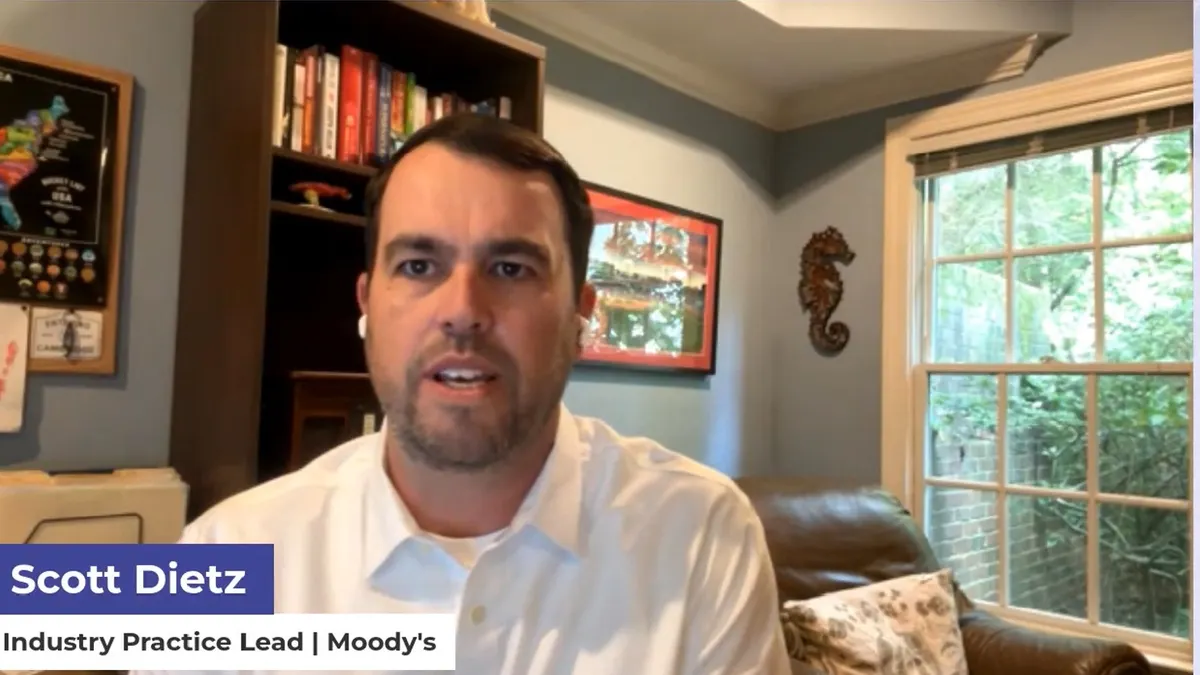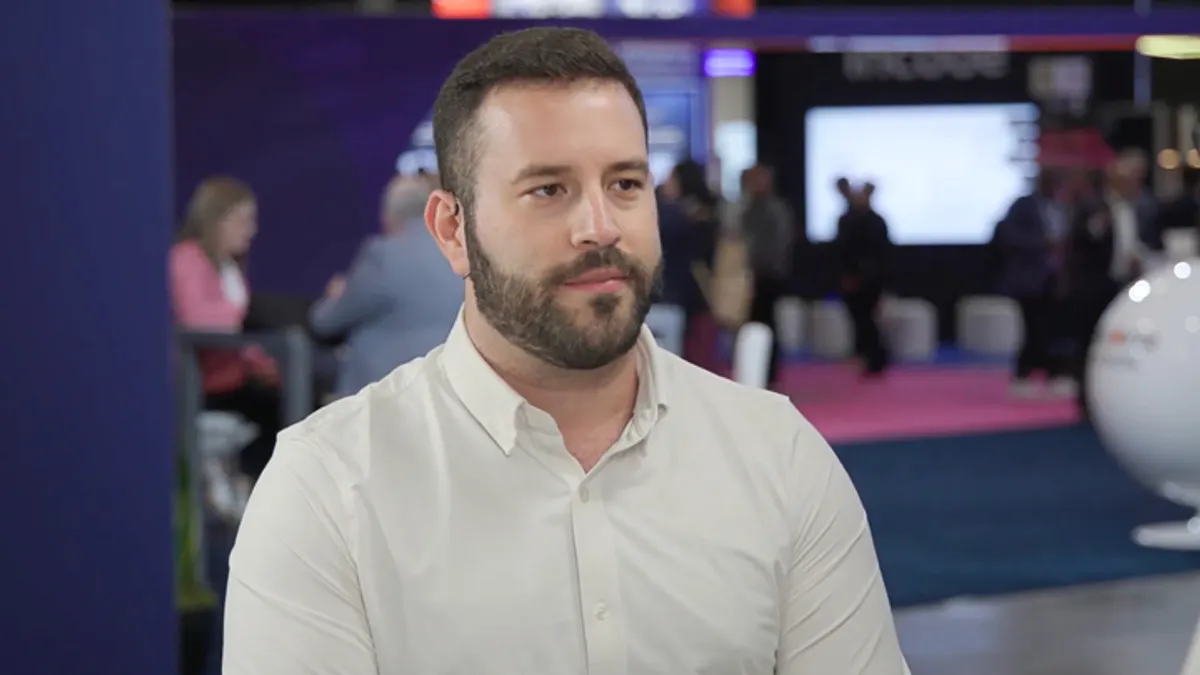Shortly after Lanny Baker started as CFO of job-hunt site Monster in 2005, the executive team pulled him aside and said that while he clearly understood the company’s business model and value, many on his finance team were unhappy with him. "It stung a little bit," said Baker, now CFO of Eventbrite, the online ticketing platform.
The criticism was ironic, Baker said. He had just spent more than 15 years on Wall Street as an analyst, and he joined Monster at the CEO’s suggestion because he wanted to focus on the people aspect of business.
"Here I was, a couple of weeks in, getting feedback that maybe I wasn’t so good at it," Baker said last week in a CFO Thought Leader podcast.
He said he’s tried to improve since then.
"I wish I had been told, 'Hey, really focus on building a strong team, building deep rapport with them, understand their career aspirations, and then connect them as people throughout the organization, and when you do that, that’s when the CFO job is easiest,'" he said. "I’ve never found another chunk of data that has made things easier. I’ve always found a better-cared for, understood, motivated and placed team member are the things that make your job easier."
To help him stay people-focused, Baker said, he makes it a point to park in the space furthest from where he’s going, whether it’s to the office or a meeting off-site. That way, he can use the walk to think about what he wants to say to the people he’s going to meet with.
"It’s a physical mechanism that causes me to do something that’s really been effective for me," he said. "It’s away from your calendar, away from the crush of meetings, a time I have set up specifically reserved and preserved for thinking about the people I interact with. It’s a habit I still do today."
Embedded finance professionals
In addition to Monster and Eventbrite, Baker has been CFO at Yelp and CEO of ZipRealty. What connects these companies together is the way they interface with consumers. In one way or another, he said, they all help consumers show up for life, whether it’s to get a job, buy a house, go to a restaurant, or participate in an event.
This idea of showing up is also key to how he structures the work of his finance teams. Baker said he’s become a believer in the idea of embedding his finance team members in other divisions within the broader organization to the extent it makes sense. Doing so helps these team members serve as "junior CFOs" in the functional division they’re associated with so they can better understand why the functional leaders do what they do and be better tactical partners to these leaders.
"They need to sit right next to the leaders in the field," he said. "Every decision their leader is considering is bounced off of the finance partner and I ask that finance partner to radio back to base: what are they thinking about, what are they looking at, what are they seeing, feeling, hearing. And structuring the finance organization like that and emphasizing the people aspect of it has been the biggest 'aha' for me. It’s not just about the numbers."
Not only does he get better business intelligence that way as CFO, but the finance team members find the job more stimulating, he said.
"When finance people are just turning out the data, they get tired," he said. "I can see it in their eyes, their posture. It becomes just a data drag. But when they become closely integrated with the people on the front lines, everything comes to life. The numbers are part of the narrative, provide context, pace, speed, rate and that’s when finance organizations are able to contribute the most."
Finance team customers
Baker said he structures his finance teams based on the customers they serve. At Eventbrite, he’s divided his teams into four groups:
- The business intelligence team serves the product and marketing organizations and generates reports for them on how well products are doing.
- The financial planning and analysis (FP&A) team serves the c-suite executives and functional leaders and generates reports for them on company performance.
- The finance and accounting team — what he calls the main wheel hub — serves employees and vendors and makes sure they get paid, and also makes sure the company gets paid by customers.
- And the investor relations team liaisons with company investors.
"I try to organize both the structure of the team and the work we produce — the reports — according to these four buckets," he said.
To make the reports as useful as possible, he errs on the side of brevity. At Eventbrite, he whittled the finance team’s flash report — the quick hit the c-suite gets on how well the company did the previous month — from 57 pages down to two pages. Follow-up reports are more detailed.
"I’m trying to bring focus," he said. "I’m trying to cull things down to the grist of the numbers. In any financial plan, there are tons of numbers, all kinds of hand holds on your way up the cliff, but standing at the bottom of the year, looking at the mountain you want to climb, figuring out where the crux of the climb is, that’s the level of focus I want to drive."





















